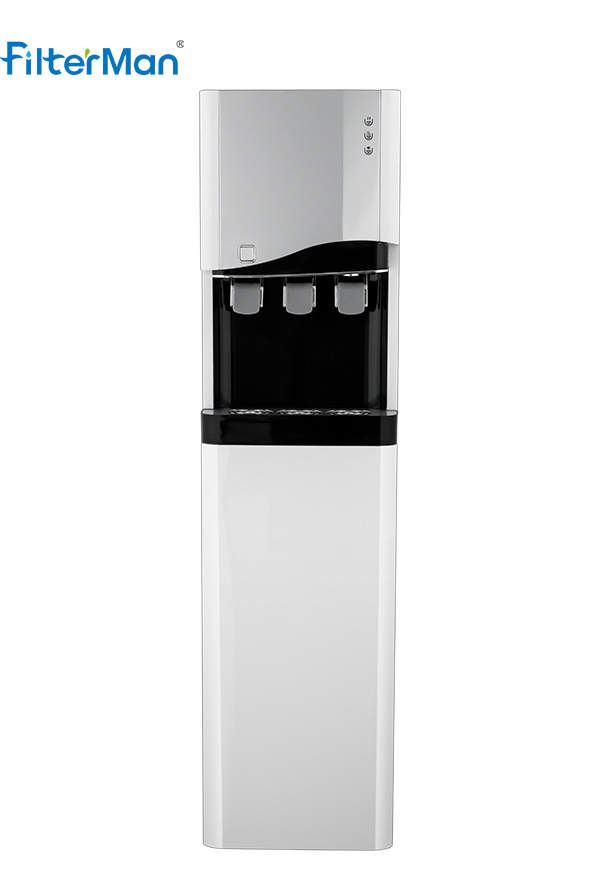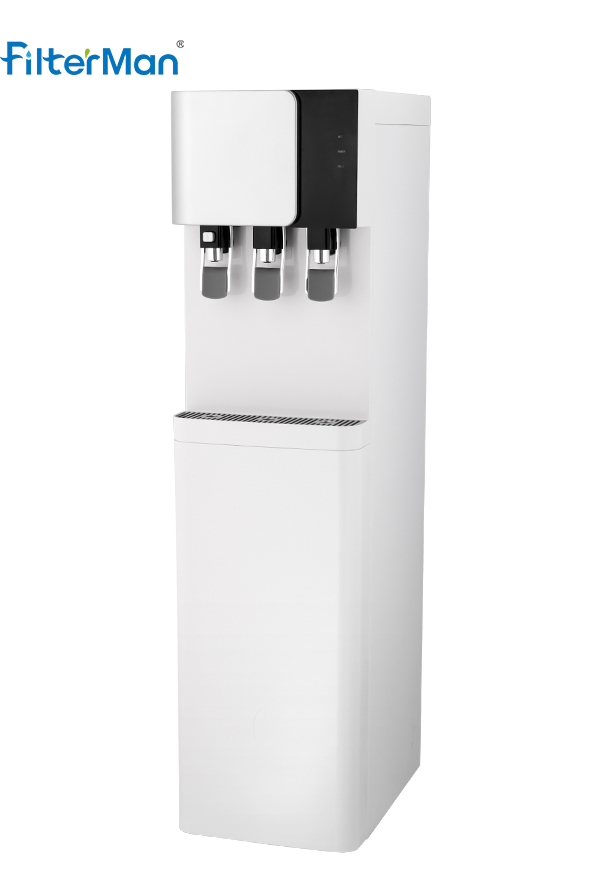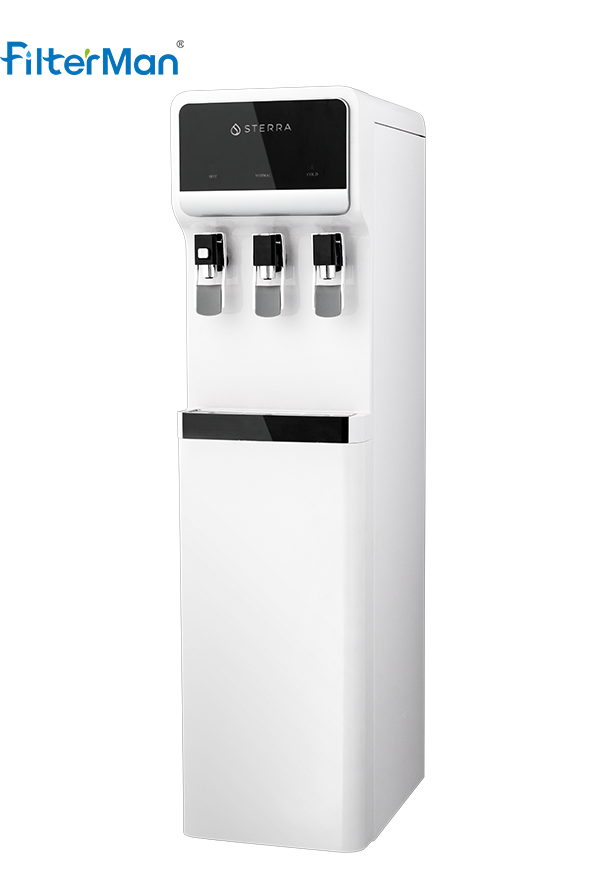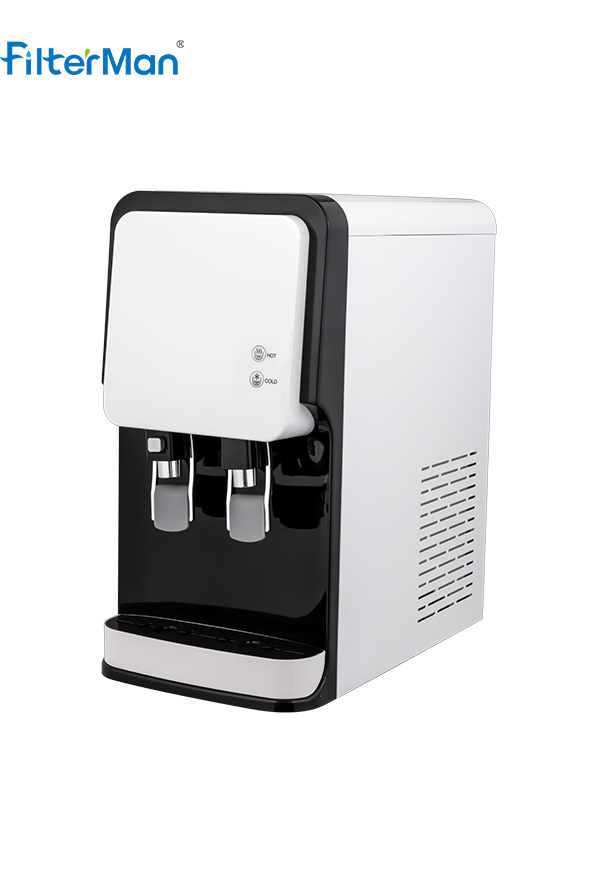When it comes to staying hydrated, having access to clean and safe drinking water is crucial. Freestanding water filter dispensers have emerged as a trusted solution, offering more than just a refreshing sip. Behind the scenes, these devices rely on advanced filtration technologies grounded in scientific principles to ensure that every drop you drink is free from contaminants and impurities. Let's delve into the science that makes freestanding water filter dispenser filtration a reliable way to hydrate with confidence.
1. Filtration Mechanisms:
At the heart of a freestanding water filter dispenser lies its filtration mechanism. These units typically employ a combination of multiple filtration stages to target different types of impurities:
-
Mechanical Filtration: A primary filter, often made of fine mesh or porous material, traps larger particles like sediment, rust, and debris. This initial step prevents these particles from reaching the subsequent stages.
-
Activated Carbon Filtration: Activated carbon, known for its high surface area and adsorption properties, is a key component. It effectively removes chlorine, volatile organic compounds (VOCs), and unwanted odors and tastes from the water.
-
Ion Exchange: In some units, ion exchange resins are used to replace undesirable ions (like lead and heavy metals) with more benign ions, further enhancing water quality.
-
Reverse Osmosis (Optional): For more advanced filtration, some freestanding units incorporate reverse osmosis technology. This process involves using a semi-permeable membrane to remove even smaller particles, dissolved salts, and contaminants.

2. Addressing Microorganisms:
Microbial contaminants like bacteria, viruses, and cysts can pose health risks if present in drinking water. Some freestanding water filter dispensers are equipped with special filters or UV-C technology that can effectively neutralize these microorganisms by disrupting their DNA or cellular structure.
3. Testing and Certification:
Reputable freestanding water filter dispenser manufacturers often submit their products to rigorous testing by independent certifying bodies, such as NSF International. These certifications ensure that the claims made about filtration performance and contaminant removal are backed by scientific data.
4. Pore Size and Micron Ratings:
Filtration effectiveness is often measured in terms of pore size and micron ratings. A lower micron rating indicates that the filter can capture smaller particles. For example, a filter with a 0.5-micron rating can capture particles larger than 0.5 microns. The choice of filters with specific ratings depends on the contaminants you're targeting.
5. Flow Rates and Contact Time:
The flow rate of water through the filtration system and the contact time with the filtering media play crucial roles in effective contaminant removal. Too high a flow rate might not allow sufficient contact time for filtration, while a balance needs to be struck to avoid water wastage.
In essence, the science behind freestanding water filter dispenser filtration involves an intricate dance of physical and chemical processes designed to ensure the removal of a wide range of impurities. From larger particles to microscopic contaminants, these units are engineered to provide you with water that not only quenches your thirst but also supports your well-being. When you hydrate with a freestanding water filter dispenser, you can do so with the confidence that science is working behind the scenes to deliver safe, clean, and refreshing water.

 English
English 简体中文
简体中文
 English
English










